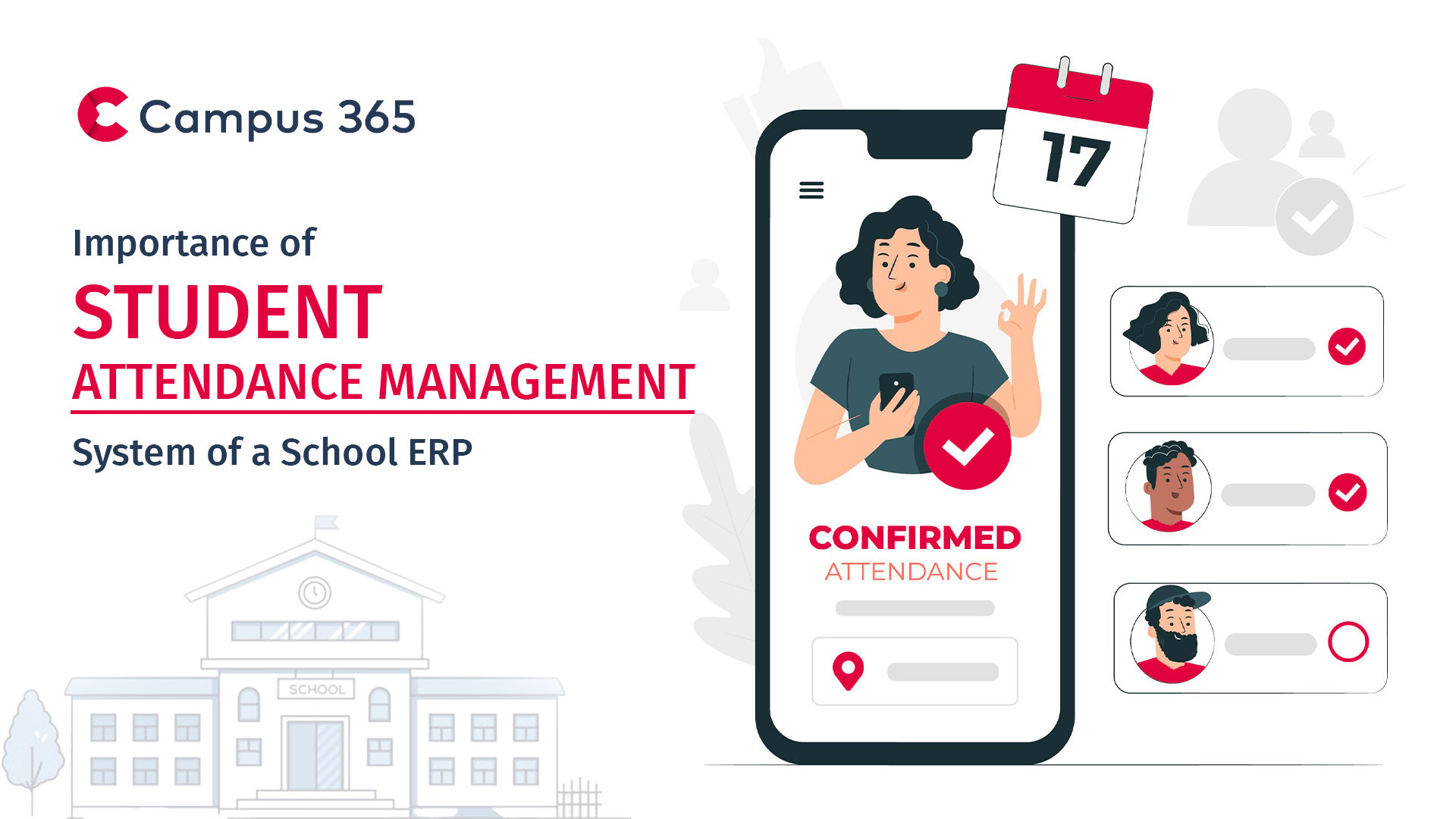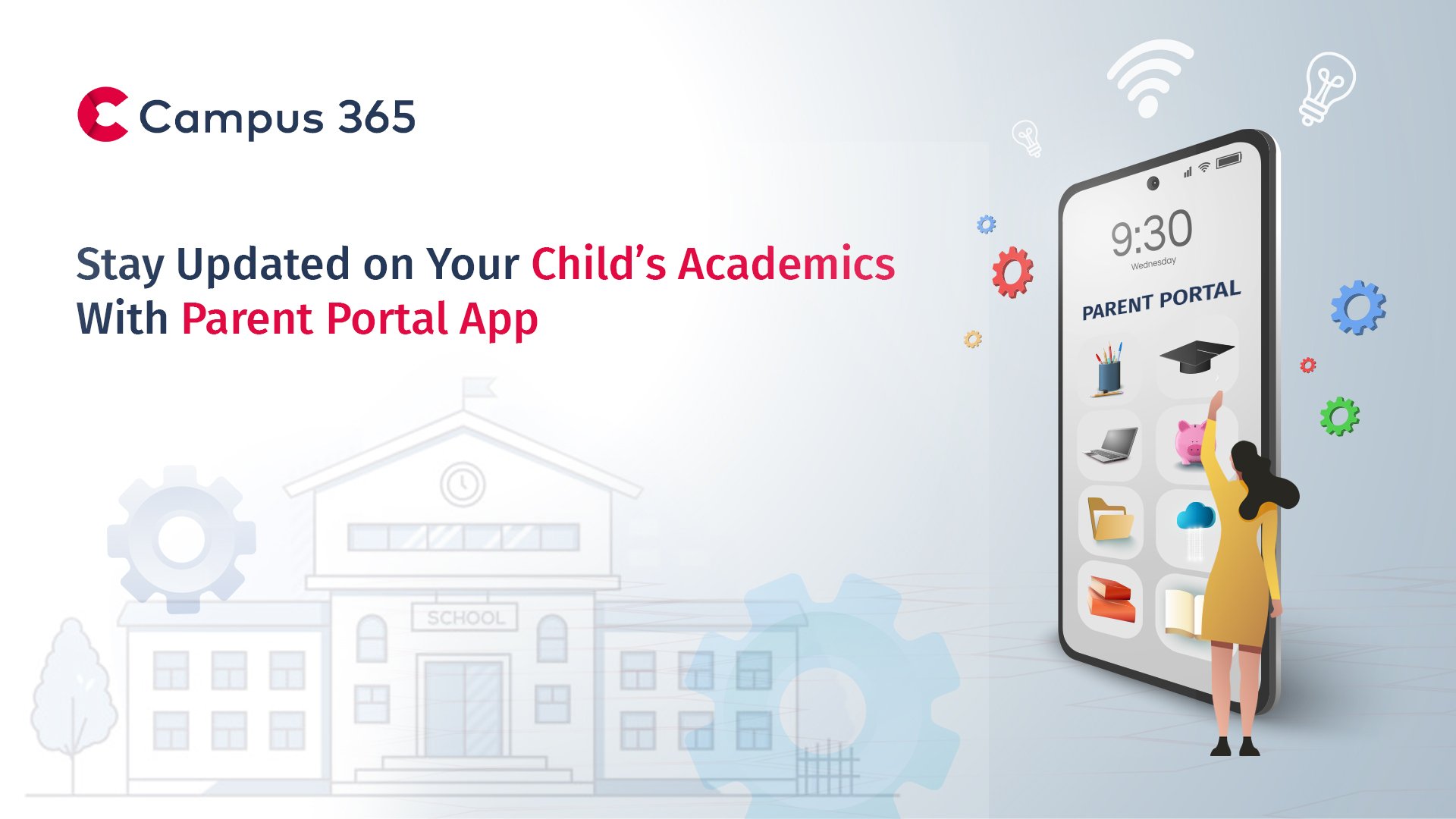The advancement of social media is drastically evolving the whole world around us and the education sector is no exception. The use of social media sites or social media apps such as Facebook, LinkedIn, Google+, Instagram, Twitter, and YouTube have had a favorable impact on the education sector. Social media has become an integral component of our daily routine. It is both a source of entertainment and knowledge to enrich education.
Understanding Social Media
Social media is essentially people interacting and communicating with one another to share and receive information through a web-based application. As a human species, man has a constant urge to interact and network. Technology growth has resulted in the use of social media apps.
The platform where schools and students engage with each other is social media such as Twitter, Facebook, Instagram, Youtube, etc. These applications assist students with activity promotion, information gathering, and feedback.
These platforms guarantee connectivity among students, instructors, parents, alumni, and other stakeholders in the education industry.
Role of Social Media in the Education Sector
In today's digital world teaching is no longer limited to the classroom. It goes far beyond that. The evident use of social media sites has transformed the face of the education industry. This advancement has impacted both the students and teachers positively.
Students from all around the country and the world have joined together via social media apps to share information on social media platforms. Students are spending an average of 6 to 8 hours per week online, on various social media platforms to share education-related information.

Benefits of Social Media in the Education Sector
1. Effective Communication Channel
Between students and teachers, effective communication is crucial. Teaching and learning will be tough if effective communication is not provided. With the use of social media, students can connect with friends, coworkers, peers, family, and teachers over the internet. It transforms students into active participants for knowledge absorption.
2. Improves Learning and Networking
Students can use various social media platforms such as YouTube, Udemy, Facebook, Instagram, and others to attend classes from various e-learning websites and discuss their queries and share knowledge.
3. Global Exposure to Knowledge
Students can interact with different individuals across the world via social media, and they can learn a lot from it. They learn about the various cultures that exist around the world. It encompasses their culture, customs, language, lifestyle, food, and habits, among other things. Students can also enroll in a variety of courses offered by educational institutes throughout the world.
4. Enhanced Research Tool
Using social media in education, any student or instructor can quickly and readily locate high-quality research material. They can obtain relevant material on any topic related to your school by searching on Twitter, Facebook, Instagram, and YouTube. Students can join several social educational groups to boost their knowledge and skills.
5. A Way of Independent Learning
The Internet is a multi-talented tool. Practically anything you need to know is available on the internet. It can be used as a teaching tool for students. Students can look up their lessons online even without the help of their parents or teachers, thus promoting a habit of independent learning in them.
6. Global Access to Knowledge
Online groups are linked to several areas of study, demographics, school, grades, subjects, atmosphere, etc are available on social media platforms for students and teachers to join. They can join WhatsApp, Facebook, Twitter, and other platforms to get timely access to relevant information. It acts as a great resource for teachers for abundant information to teach students more effectively.
Implementing Social Media Techniques in the Classroom for Enhanced Learning
Now, let's discuss how social media can be used in the classroom in many ways to enrich the experience of learning. There are numerous educational social media platforms like Facebook, Twitter, Pinterest, SlideShare, YouTube, Instagram, etc available to students of all ages.
1. Creating a Facebook Page for class
A separate FB page can be created for each class where both students and teachers can post education-related information which is available to all students of that class. Encourage students to join the class's Facebook page, which the instructor can utilize to post class updates, homework, and discussion topics.
2. Twitter as a Discussion Board
Teachers can either create a separate Twitter handle for each class which can act as a discussion or message board. The 280-character limit forces students to consider how to communicate concisely and effectively, which is a valuable skill to learn.
3. Instagram for Photo Assignments
Instagram allows students to practice digital storytelling in ways that other social media platforms might not. Students can utilize Instagram to produce a visually engaging set of pictures or graphics.
4. Class Blog on Social Media Sites
Teachers can start a class blog on a variety of social media platforms such as WordPress, SquareSpace, Wix, Blogger, Tumblr, Medium, etc. On this class blog, students can publish their blogs and articles on different topics, creativity, skills learning, discussion on posts, or add comments to class prompts by creating their user accounts.
A blog can also serve as a central platform for sharing the course material, assignments, updates, and resources.
5. Pinterest Board for class
Teachers can use Pinterest to prepare and arrange resources, teaching materials, and assignments for their courses in one spot. Teachers can make Pinterest boards for each of their classes and attach lesson-related pins. Students can utilize Pinterest to create a digital library for their assignments, research projects, papers, or group projects. Students can pin websites, books, or videos to a single topic board and revisit those pins for further access.
Learning management systems such as Campus 365 ERP is a type of networking software that allows schools to offer educational programs and perform other administrative tasks. Social media learning in LMS can include instant chat functions, videos, forums to share info, and other lesson resources to help students.
That’s a Wrap!
Social media is an integral part of our daily lives, and it is getting assimilated into the educational sector as well. Staff at schools, colleges, and universities should be encouraged to use technology to communicate with students and parents. There are multiple social media sites or social media apps where students and teachers can connect to share knowledge. For an enriching experience in learning, institutions should employ popular Learning management systems like Campus 365 with social media integration. Assimilation of social media in the education sector can be a boon for students’ growth and success.




